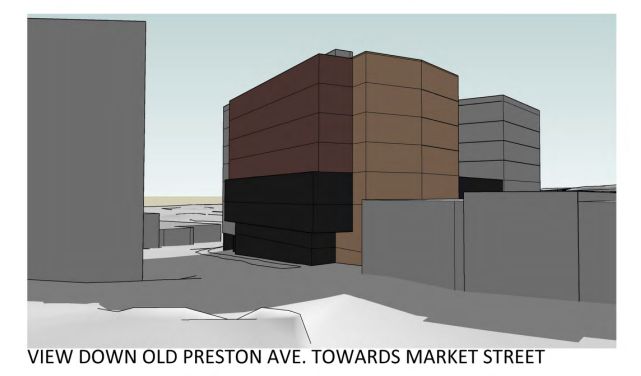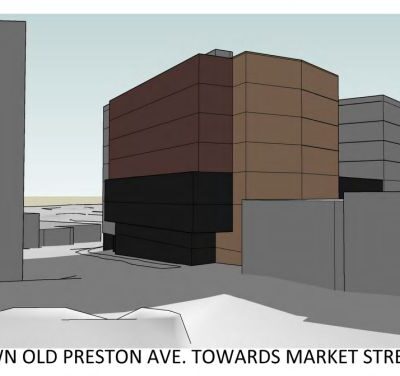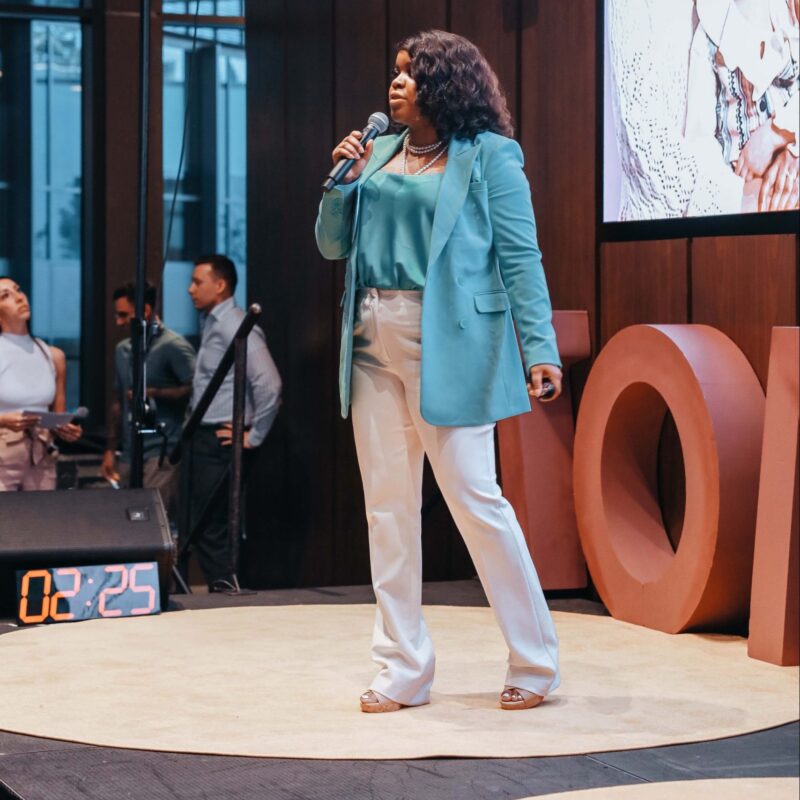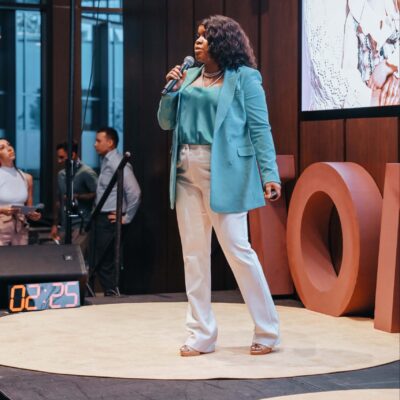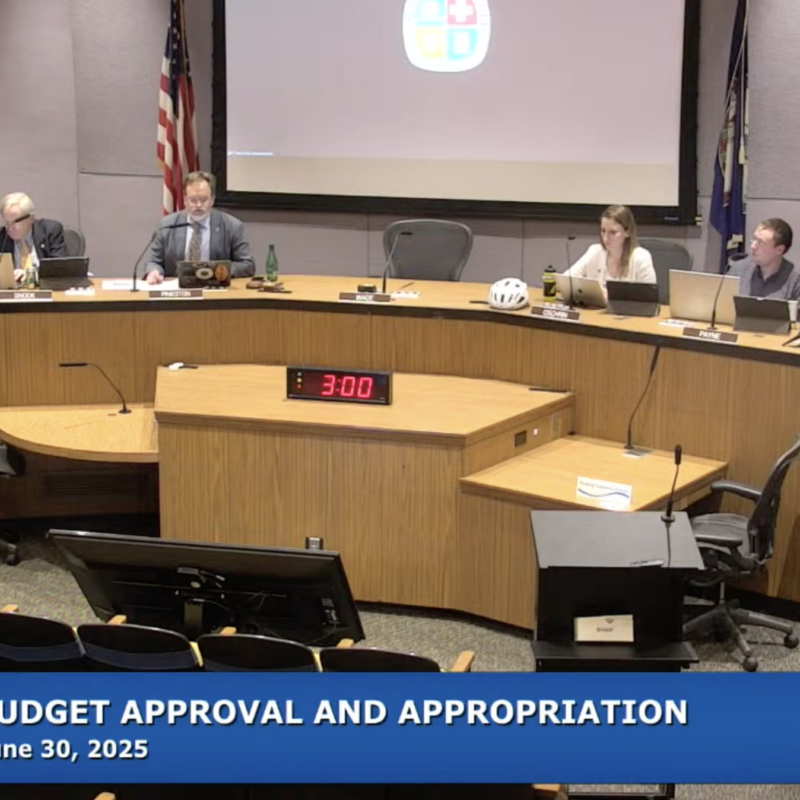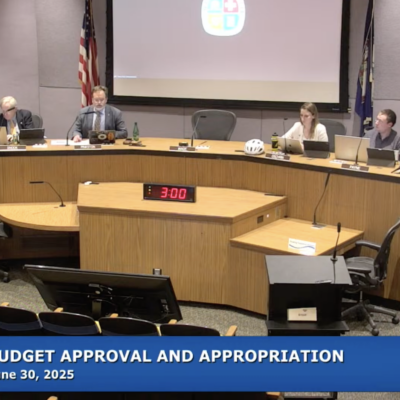I agreed to be a phone-in guest on a national television show last night to discuss developments in the Hannah Graham and Morgan Harrington investigations. Within seconds of going live, I was thrust into what I can only describe as an orgiastic frenzy of misinformation that I was unable to dispute successfully on air, and which has forced me to examine the role that media—myself included—is and should be playing in the tragedy that’s been unfolding in Charlottesville since Morgan Harrington disappeared five years ago. At the moment, it’s not pretty.
Yesterday, various local and regional media outlets reported that police have recovered the cab Matthew drove in 2009 around the time Morgan vanished, but some reporters went further and quoted a local cab driver who claimed police told him years ago that Morgan had gotten into a taxi before she disappeared. Other drivers told a reporter police had interviewed Matthew at the time. I don’t doubt that the drivers said those things, but those claims have never been publicly confirmed by police. That didn’t stop the host of the show I was on from using those reports to draw an even more shocking—and utterly baseless—conclusion: that police have always known Morgan got into a cab driven by Matthew that night, but were somehow so bumbling that they let him get away. This is patently false, and a statement released by Virginia State Police spokesperson Corinne Geller late last night attempted to set the record straight.
“Jesse L. Matthew Jr. was never interviewed in 2009 by state police in connection with the Morgan Harrington investigation,” she wrote, urging media to wait for official confirmation on such information before releasing it to the public. “The Harrington family and public deserve accurate representation of the facts of this case,” she wrote.
Here’s a refresher for me and for everyone else covering this case as a journalist as well as those who are reading and watching and listening to our reports.
As journalists, our role is to inform the public on newsworthy matters, and this case certainly qualifies. Our purpose is not to solve the case faster than police or somehow to do their jobs better than they do. Journalists do speak to witnesses and report what they say. We do dig for evidence and clues that police may not have officially released. But we also must present any information we uncover in a balanced way and search for anything that might contradict such claims. We must be extremely wary of sources who won’t use their names.
Police and journalists have a symbiotic relationship—police use the media to strategically release information that may aid in the investigation. They hold press conferences to issue requests for tips or to release evidence that could prompt someone’s memory. Journalists build stories from the cases police are working, and they should be serving both as a conduit to get pertinent information to the public and as watchdogs to make sure the investigation stays on track. The relationship between police and reporters can range from collaborative to adversarial, but one thing remains constant: We both serve the public.
There is certainly a competitive aspect to journalism, too. A “scoop” brings page views and prominence. Every journalist wants to be first with information, and I’m not exempt from that urge. There’s a thrill inherent to reporting something before anyone else. Readers eat it up, and these days you can watch in real time as your story spreads online like wildfire. There’s no need for journalists to apologize for this facet of our jobs—it’s an exciting aspect of what we do. There is a need, however, to make sure the drive to be first doesn’t undermine our core mission as responsible journalists. If you’re going to be first, in other words, you damn well better be right.
We all know that the Harrington and Graham families have suffered gut-wrenching, unimaginable pain, and even though the vast majority of us didn’t know Morgan or Hannah, we can empathize with their families and feel personally affronted that young women have been plucked from the streets of Charlottesville by a predator who has also robbed us of our sense of safety and security. And there’s certainly also relief that a mystery that has gripped us for the past five years finally seems to be unraveling. We all want to know how this ends, and we will in the not-so-distant future.
Jesse Matthew is behind bars, charged right now with one serious crime. Whether or not he is the man responsible for Hannah Graham and Morgan Harrington’s disappearances, and for any other crimes, he has Constitutional rights that afford him due process, and he also has family members and friends who are devastated and confused by the recent events and the accusations against him. As journalists, we can help set the tone for this town as it struggles through a criminal investigation that will likely have ripples and repercussions for years to come. Let’s do our jobs well.
